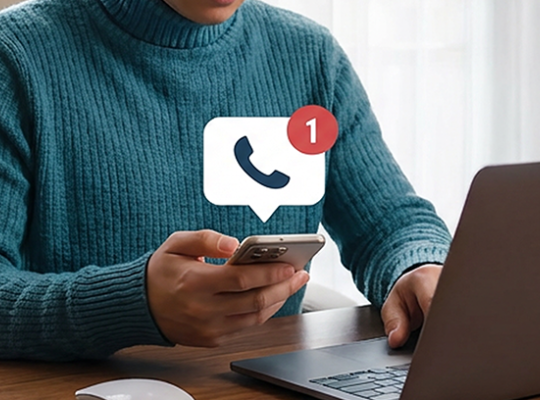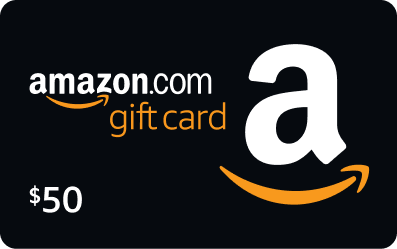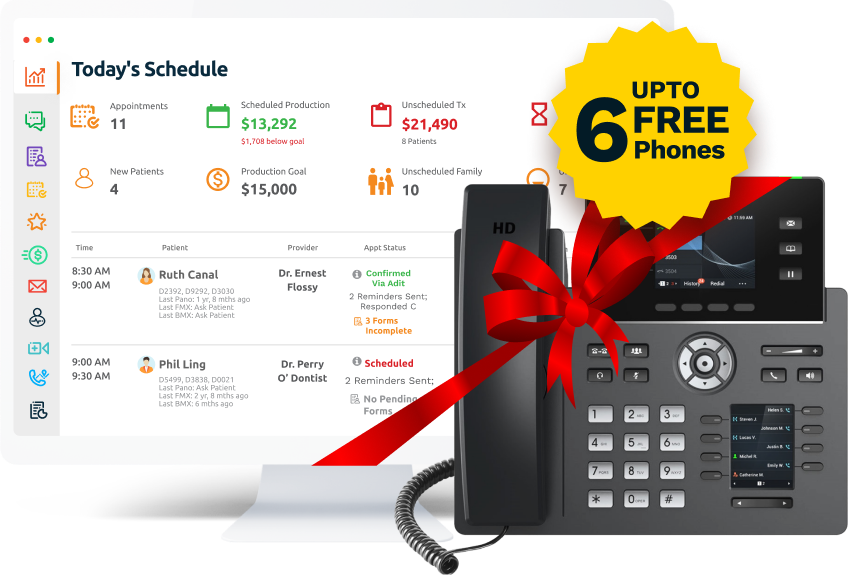Ends in
ends in 98 Days

ends in 98 Days

ends 11 July
No More Empty Chairs: How Self-Scheduling Can Tackle Costly No-Shows
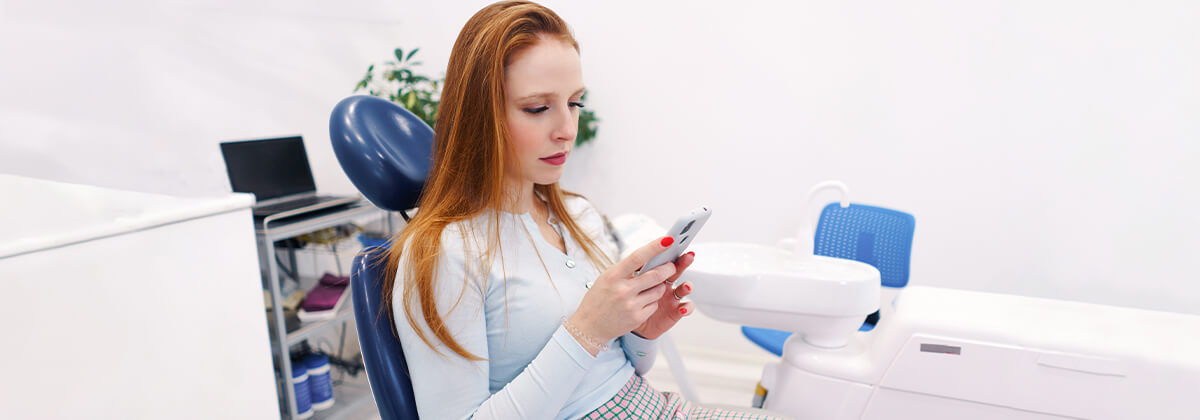
Missed appointments are a persistent challenge in every industry. Whether due to oversleeping, unexpected delays, or simple forgetfulness, tardiness, and no-shows disrupt schedules and impact operations. In dentistry, even minor delays can have a stressful domino effect on daily, monthly, and yearly practice operations.
Of course, there are many strategies to deal with persistent issues like no-shows. But, you might find that instead of implementing a complicated multi-step process to correct this behavior, doing less on your part– is more. Self-scheduling is a proactive solution to this costly problem and in this article, you'll learn more about how putting appointment management in the hands of your dental patients can greatly reduce how often they don't show up.
The No-Show Conundrum
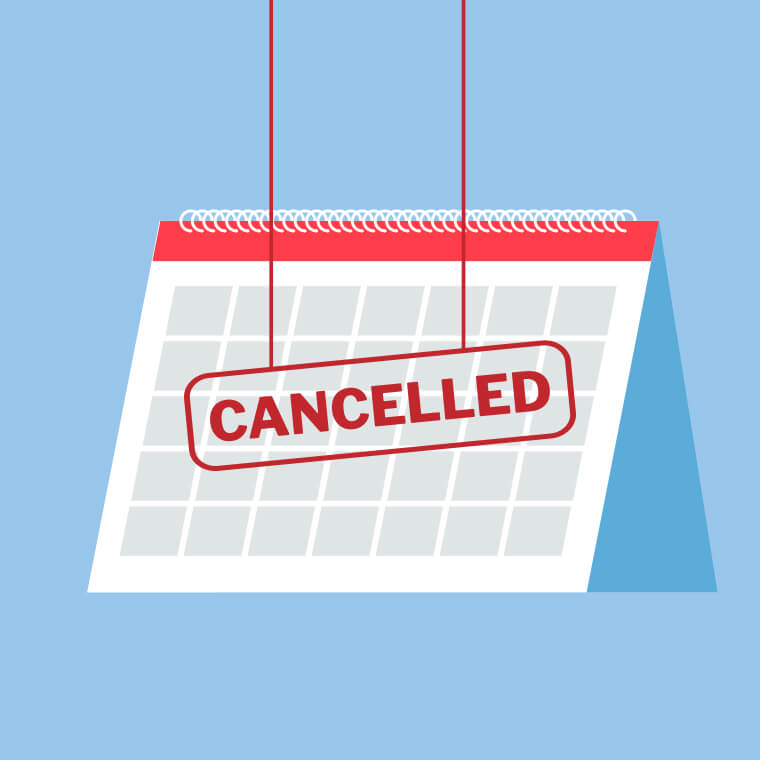
No-show appointments present a multifaceted challenge for dental practices, impacting several key aspects of operations and patient care. From a financial perspective, the impact of missed appointments is staggering.
- The average no-show rate for dental appointments in the United States is around 15%, with some practices experiencing rates as high as 30%.
- Each no-show appointment results in an average loss of 45 - 60 minutes of productive chair time.
- Approximately 36% of missed appointments are due to forgetfulness.
- Fear and anxiety about dental visits account for approximately 15% of no-shows.
- Appointment reminder systems can reduce no-show rates significantly.
When creating a solution to a problem, it's important to first calculate just how serious of an issue you're dealing with. This data serves as a starting point for identifying areas for improvement and implementing strategies to enhance visitor show rates.
Calculating your no-show rate is a straightforward process. Simply divide the number of no-shows in a given time period by the total number of appointments scheduled within that same date range. Let's say your dental office had 34 appointments scheduled on Monday and eight patients didn't call in to cancel, they just didn't show up. You would calculate your no-show rate by using the following formula:
8 No-Shows / 34 Total Appointments = 23.5%
The reasons behind no-shows range from forgetfulness and scheduling conflicts to transportation issues and fear of dental procedures. While some factors are beyond the control of dental practices, there are proactive measures that can be taken to mitigate the problem. Self-scheduling is ideal because it has your patients take control of their appointments and reduces the likelihood of missed visits. They don't have to call in and make excuses; they can just go online and reschedule, opening up the appointment time for someone else to book.
The Rise of Online Self-Scheduling
Self-scheduling platforms have gained traction in nearly every industry, offering convenience and flexibility to consumers while streamlining administrative processes for businesses. In dentistry, this technology has emerged as a powerful tool for improving patient engagement and reducing no-show rates.
- 61% of patients would rather skip their appointments than deal with inconvenient scheduling systems.
- 80% of patients would prefer online scheduling.
- EHR-integrated self-scheduling resulted in improved data accuracy and patient satisfaction.
At its core, self-scheduling allows patients to book appointments at their convenience, without the need for phone calls or back-and-forth communication with the dental office staff. By providing online access to real-time appointment availability, patients can select the time slot that best fits their schedule, reducing the likelihood of scheduling conflicts and missed appointments.
Plus, when life gets in the way, patients are more likely to reschedule sooner rather than later with an online scheduler, giving their dental office more time to fill the empty appointment slot.
Benefits of Self-Scheduling in Your Dental Office
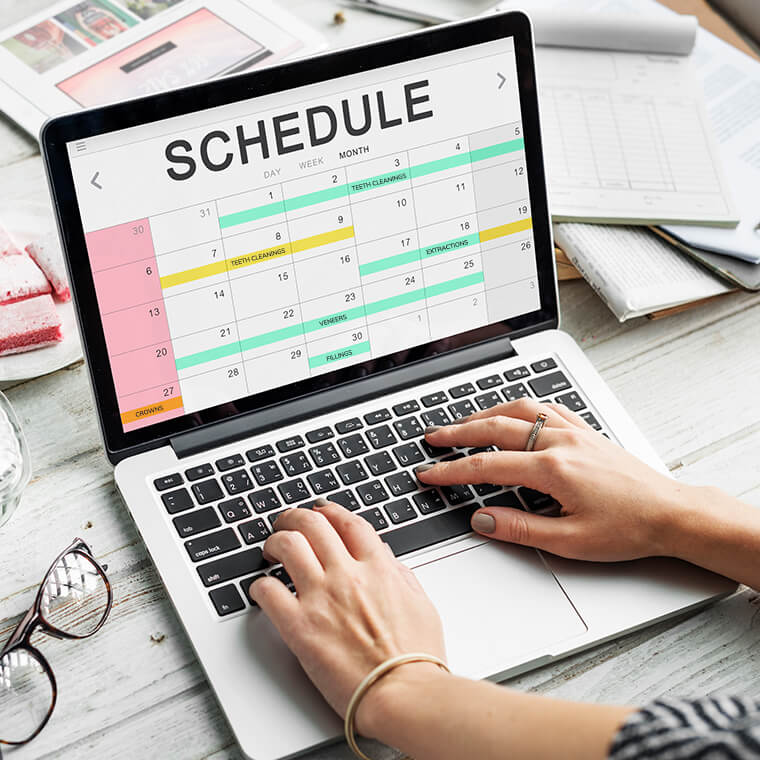
The benefits of self-scheduling extend beyond mere convenience. For dental practices, this technology, whether as an integration or built-in with a modern practice management software like Adit, can yield significant advantages:
Reduced No-Show Rates
By allowing patients to book dental visits at their convenience, self-scheduling significantly reduces the likelihood of no-shows. For instance, a busy professional may find it challenging to call during office hours to book an appointment but can easily access the practice's website after hours to schedule a visit. This accessibility encourages patients to book proactively, resulting in fewer no-shows, no punitive no-show fees, and improved practice efficiency.
Improved Patient Engagement
Self-scheduling plays a pivotal role in augmenting patient engagement within dental care by granting individuals a sense of ownership over their oral health journey. By leveraging digital platforms, patients can seamlessly navigate through available appointment slots, choosing the most suitable time that aligns with their busy schedules. This empowerment not only enhances convenience but also instills a deeper sense of trust and collaboration between patients and their healthcare providers. As patients actively participate in managing their appointments, they are more likely to adhere to their scheduled visits, leading to better treatment outcomes and overall oral health.
Streamlined Administrative Processes

Online scheduling features streamline the business side of dentistry for your dental staff, freeing up valuable time that can be redirected toward delivering quality patient care. Consider a scenario where your receptionist spends a significant portion of their day answering phone calls and manually scheduling appointments. With self-scheduling technology in place, these administrative burdens are automated, allowing staff to focus on more meaningful interactions with patients and other essential tasks.
Optimized Practice Efficiency
Another important benefit is how this optimization impacts practice efficiency by reducing wait times and maximizing chair utilization. For instance, a dental practice using self-scheduling can seamlessly integrate appointment bookings into its existing schedule, ensuring a steady flow of patients throughout the day. This minimizes gaps between appointments and efficiently manages resources to improve productivity and revenue generation.
Customizable Appointment Reminders
Many self-scheduling platforms like Adit include customizable appointment reminder features, allowing dental offices to send automated reminders via email, text, and phone calls. Sending these reminders through a patient's preferred channel helps to reduce the likelihood of missed appointments and enhance appointment adherence. For example, a patient who schedule their appointment online can receive a text reminder the day before their visit and also by email if they prefer, prompting them to confirm their attendance.
Implementing Self-Scheduling Successfully
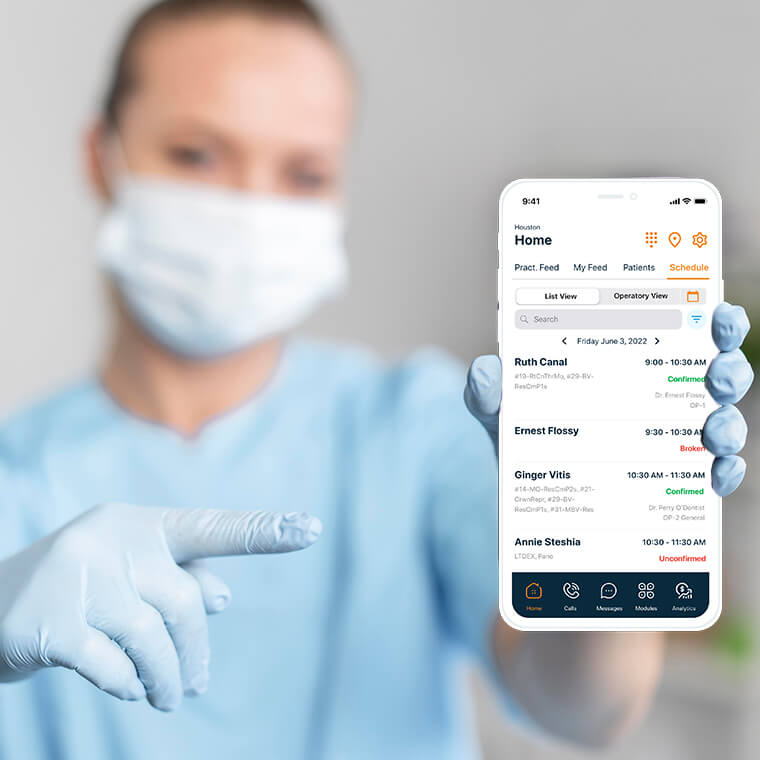
Successfully implementing self-scheduling technology in your dental office requires careful planning, effective communication, and ongoing monitoring to ensure optimal results. Here are key strategies and considerations for implementing self-scheduling successfully:
Selecting the Right Software
Choosing the appropriate self-scheduling software is vital to the success of implementation. You should prioritize user-friendly platforms that are secure and can seamlessly integrate with existing practice management systems and EHR. Look for online scheduling integrations with intuitive navigation and robust features such as real-time appointment availability, automated reminders, and patient communication tools to ensure your patients have an effortless user experience.
Educate Patients
Introducing self-scheduling to patients requires clear and comprehensive communication. Dental practices should proactively educate patients about the availability and benefits of self-scheduling through multiple channels, such as the practice website, social media platforms, email newsletters, and in-office signage. Providing step-by-step instructions on how to use the self-scheduling platform and highlighting the convenience and flexibility it offers can encourage patients to embrace this new approach to appointment booking.
Offer Training and Support
While self-scheduling platforms are designed to be user-friendly, some patients may require additional guidance or support. Your team should be trained and familiar with the new booking system so they can guide patients and address any questions or concerns they may have. Additionally, providing ongoing support through dedicated helplines, explanation videos, FAQs, and online chat features can help alleviate patient apprehensions and promote adoption.
Promote Accessibility and Inclusivity
Ensure your online scheduler is accessible to all patients, including those with disabilities or limited digital literacy. Choose software with text-to-speech functionality, screen readers, and language translation capabilities to accommodate special needs. Keep in mind that you may still need to offer alternative appointment booking options, such as phone-based scheduling assistance, for those who prefer or require personalized assistance.
Monitor and Analyze Performance

Regularly monitor key performance metrics, such as appointment booking rates, no-show rates, and patient feedback, to gauge the effectiveness of the self-scheduling system. Analyze this data to identify any trends, challenges, or areas for improvement, and be prepared to adjust your booking system or workflows as needed. It's important to request feedback from both patients and your staff to ensure that the scheduling experience meets expectations and enhances overall satisfaction.
Promote Patient Engagement and Adoption
Actively promote self-scheduling as the preferred method for booking appointments and emphasize the benefits it offers to patients, such as convenience, flexibility, and streamlined communication. Consider using marketing strategies, such as email campaigns, social media posts, and patient testimonials, to raise awareness and drive acceptance of online scheduling. Incentivize its use with discounts or loyalty rewards, to encourage patients to try this new feature for their next appointment.
Say Goodbye to No-Shows with Adit Online Scheduling
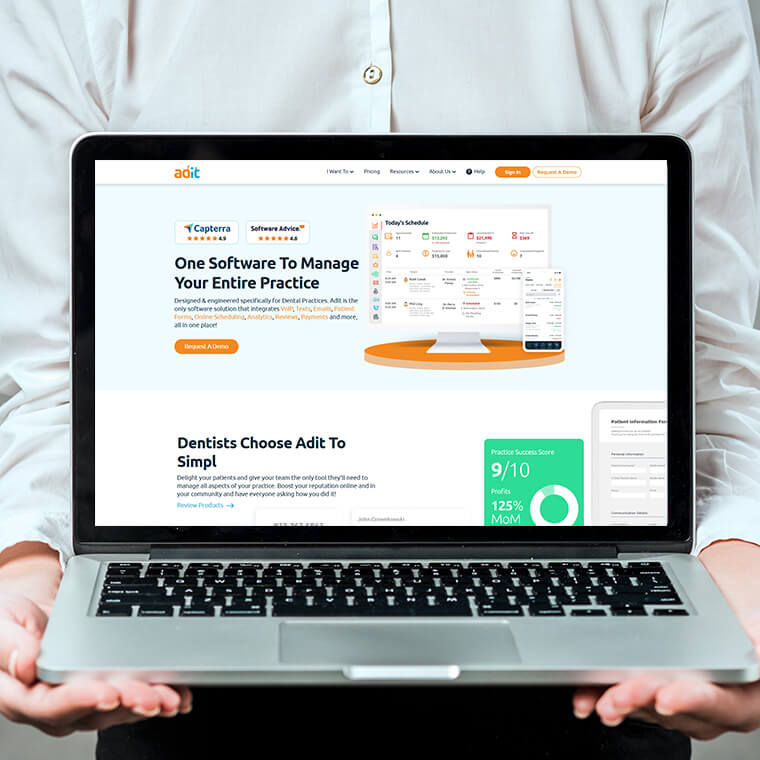
No-show appointments present a significant challenge for dental practices, impacting both financial performance and patient care. However, with Adit, you will have the right tools and strategies in place to effectively tackle this issue while enhancing overall efficiency and patient satisfaction.
Adit Practice Management Software offers a comprehensive suite of features designed to streamline administrative tasks and optimize patient care:
- Online Scheduling: Empower patients to book appointments conveniently online, reducing scheduling conflicts and no-show rates.
- Adit Voice: A powerful VoIP platform that centralizes all communications and seamlessly integrates with patient Electronic Health Records (EHR), ensuring efficient communication and accurate record-keeping.
- Electronic Patient Forms: Digitize and streamline the intake process with electronic forms, reducing paperwork and improving accuracy.
- Automated Reminders: Send automated reminders via email, text, or phone to reduce the likelihood of missed appointments.
- Telemed: Provide virtual consultations and appointments for added convenience and accessibility, all from the comfort of the patient's home.
- eFax: Securely send and receive faxes electronically, eliminating the need for traditional fax machines.
- Adit Pay: Simplify payment processing and billing for both patients and staff.
- Email: Communicate seamlessly with patients through email, enhancing engagement and communication.
- Patient Text: Reach out to patients via secure text messaging for a more convenient approach to appointment reminders and communication.
With Adit Practice Management Software, dental practices can optimize their operations, improve patient engagement, and ensure no more chairs remain empty due to missed appointments. Take control of your practice's schedule and patient care with Adit by scheduling a free demo today!

Josh Gosnell
Vice President of RevenueJosh has made a career working with large DSO organizations and leveraging his extensive sales experience to build partnerships with influential doctors and organizations within the dental industry. He travels the US as an expert guest speaker in medical seminars teaching doctors how to streamline their practices with the latest technology.

